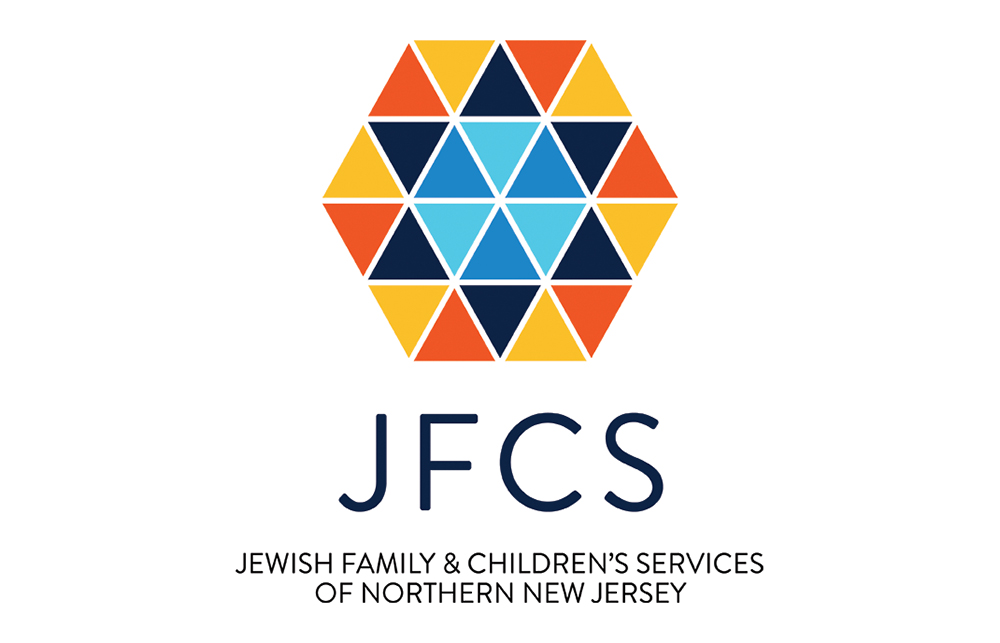The rabbis of our shuls, schools and communities have been thrust into an unprecedented role of leading and guiding us through these difficult times, and setting communal standards and policies in a unified manner that we have not seen in a long time. Recently, documents from the OU and the Agudah have been circulating on how to reopen our shuls. The gradual reopening of shuls gives us an opportunity to be thoughtful not just about cleaning protocols, but also about what this shutdown has taught us about our relationship to tefillah more generally.
The closing of shuls has impacted us in many different ways. A small minority of people have refused to heed the pleas of rabbis and governments alike and have continued making minyanim. These actions probably contributed to the high death toll in our communities. While we are right to reject these actions, we should also understand them in the context of the high praise our tradition has (at least the way most of us were taught in school) for people who suffer and even die for the right to practice their religion, from the Hasmoneans on down to our day.
For people who have attended minyan religiously for years, but complied with the shutdowns, this has been a very difficult adjustment. It has been particularly hard for people who are saying Kaddish. Being told you are patur from saying Kaddish is not much of a consolation. Kaddish itself is not really a mitzvah, but it is one of the most powerful ways we have to memorialize the dead on a regular basis.
Without the option of going to shul, we have all had to create our own spiritual experiences, and perhaps some of these never would have happened if shuls hadn’t shut down. Some spiritual “wins” our family had were reading the parsha together as a family, explaining parts of davening to our kids that generally happen before they get to shul, and joining hundreds of people for Hallel on Zoom.
When our shuls do reopen, they won’t look anything like the shuls we left a few months ago. There will be few people, far apart. No talking before, after and certainly not during tefillah. Probably no women and children taking up valuable seats. No kiddush, or singing, or kibbudim. Just the bare bones of tefillah b’tzibbur.
And this will really be a test for many of us. Why were we going to shul? If it was purely to be yotzei tefillah b’tzibur (or to get away from our families), we’ll be back as soon as possible. But if it was anything else, we might be reevaluating just how much shul is really the answer to our spiritual needs.
Our rabbis have been very cautious in their approach to reopening shuls. They plan to wait at least two weeks after legally allowed to reopen, and with protocols that go above and beyond the required measures. (The OU extended the CDC six foot guidelines to eight feet, and the Agudah, not to be outdone on a chumra, extended it to 10 feet.)
From a public health perspective, this is the correct move. Shuls aren’t like stores that people go in and out of. We come in large numbers, all at the same time, and sing and eat together in close proximity for a long period of time. But from a religious perspective, I wonder if the rabbis are sending a message that shul really is not that important. After all these years of being taught how important it is to go to minyan, the rabbis are telling us that shul is in fact not an essential service. And perhaps it isn’t. We’ve learned from piskei halacha during these times that things like kriat haTorah and birkat hachodesh are really just communal obligations, not an obligation on each individual. Our tefillot are modeled after korbanot, but every Jew didn’t bring a korban every day. There was one for the whole of am Yisrael.
It may be that the rabbis are eager to go back to our regular minyan schedule but just want to be cautious. But perhaps it’s a good idea to rethink just how important it is for everyone to go to minyan every day. Has an overemphasis on minyan attendance been the cause of the zealotry we’ve seen among those who’ve insisted on making minyanim even with the risk of spreading disease? Has our singular focus on communal prayer crowded out other more meaningful ways of connecting with God?
How often have we run off to shul, leaving our wives and children behind, and thus spent Shabbat morning apart from our families? These last few months have allowed us to really pray as a family, and really experience menuchat Shabbat. How much time do we spend shushing our children in shul, instead of engaging with them and davening at a pace and level that works for them? Socializing on Shabbat is so important for us and our children, but do we really need to habitualize our kids to fighting with hundreds of others every week for a cookie? Perhaps we’ve gone to shul every week or every day for years, but haven’t experienced one really meaningful religious experience.
This week we are getting ready for a lonely Shavuot, the holiday that is so centered on the shul itself. We all have been taught to stay up all night to atone for the supposed sin of sleeping in on the day of Matan Torah. But now there’s no guilt. We don’t have to be anywhere at any time to receive the Torah.
And maybe we can learn something from that as well. The Torah is not in heaven or across the sea, nor is it in shul. It is everywhere and always, and will be there in each of our homes, at whatever time we wake up and decide to look for it. Bilvavi mishkan evneh—we each have had to make our own shul in our homes and in our hearts, and will soon recreate our own revelation experience. And we can all do it. The Torah is not far away; it is very close to us, in our mouths and in our hearts to observe it. (cf Deut 30:12-14)
This Shavuot, let’s take the time to enjoy the slower, peaceful pace of the holiday, and revel in meaningful acceptance of the Torah as a family unit. And as we ease back into communal life, let’s try to bring what we learned from our home-based religious experiences into our shuls to make them a different place than what we left.
Ben Sandler lives in Teaneck with his wife and children. He can be reached at sandler@gmail.com.













